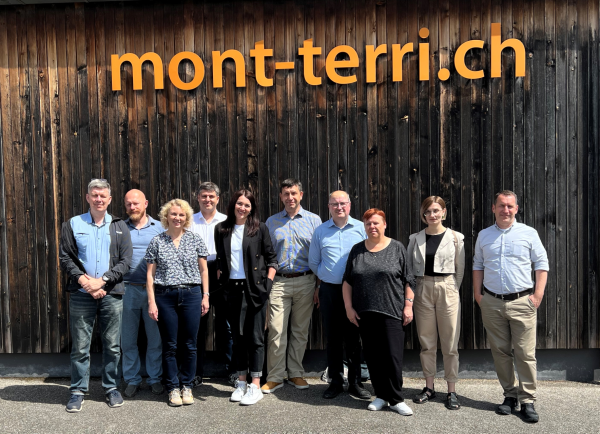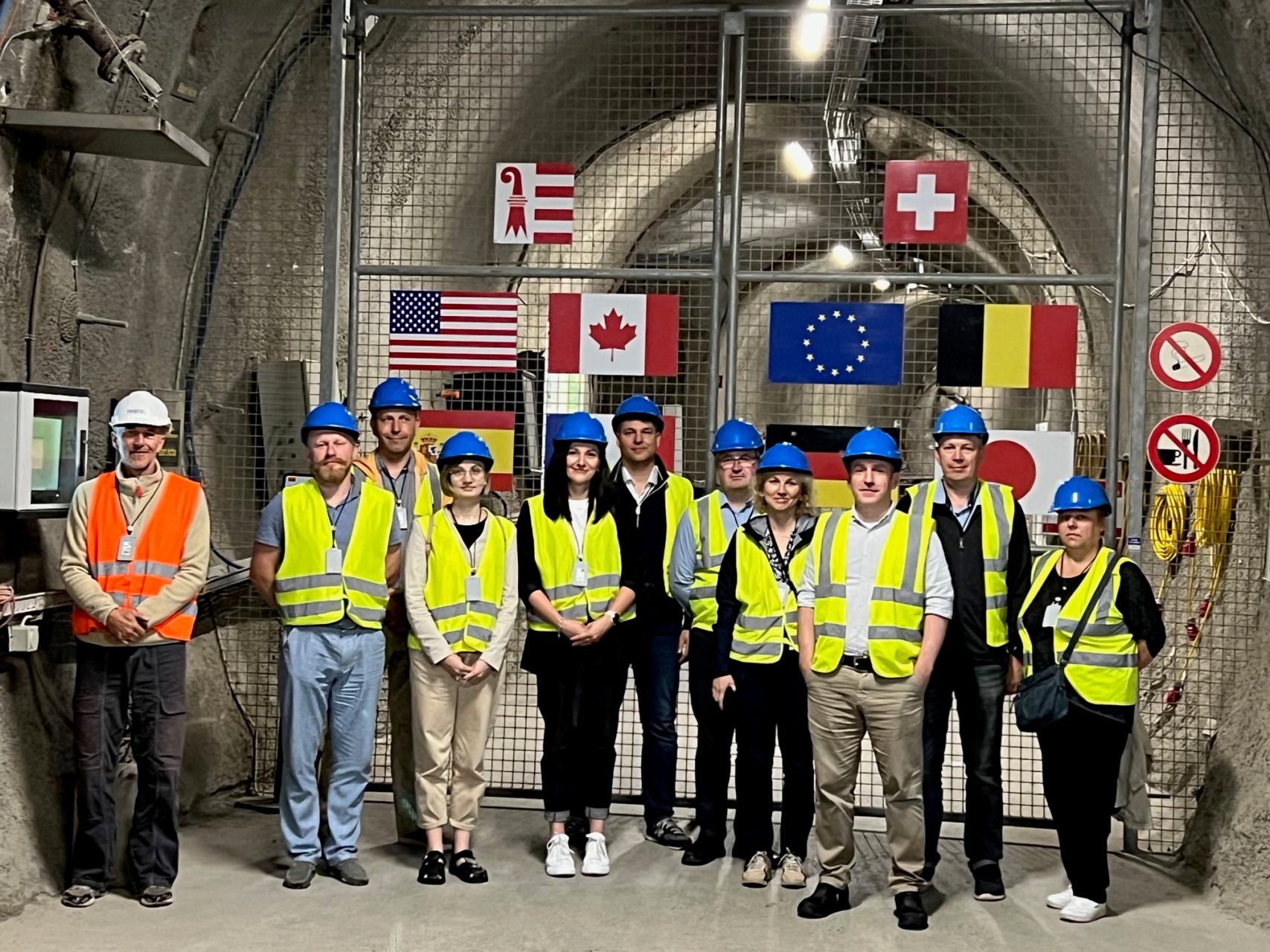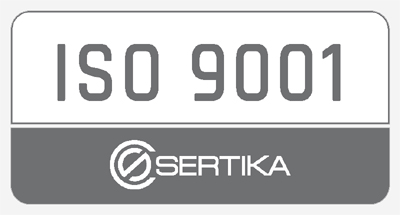Examples of best practice in deep repository installation
2023

On the 20th and 21st of June, representatives of the State Enterprise Ignalina Nuclear Power Plant (the INPP), the Ministry of Energy of the Republic of Lithuania, the State Nuclear Safety Inspectorate and the Geological Survey of Lithuania visited the headquarters of NAGRA, which is implementing the deep geological repository project in Switzerland. During the visit, the Lithuanian representatives discussed the Lithuanian deep repository project with NAGRA representatives and had the opportunity to visit the Mont Terri underground laboratory, where research is being conducted on the Opalinus Clay rock. This is the rock on which the deep repository in Switzerland will be built.
The NAGRA representatives, who presented the site selection process, stressed the importance of informing and involving project stakeholders and the public in project activities. According to them, it is very important to involve all relevant stakeholders in a timely manner, according to their respective competencies. There must be a strong national commitment to the GA, which requires long-term and sustainable funding.
"Radioactive waste in Switzerland is mainly generated by the production of electricity in nuclear power plants, as well as by medical, industrial and research applications. To protect people and the environment, we need to ensure that this radioactive waste is disposed of safely for a very long time. Experts around the world agree that deep geological disposal is the safest solution. Switzerland has enshrined this solution in its legislation and has been successfully implementing a deep geological repository project for almost 20 years," said NAGRA representatives at the meeting.
 "The success of the Swiss project shows the need for an early dialogue with the public about the planned GA installation and the reasons for it. We have a general consensus on the need for a GA project: we have radioactive waste that is very dangerous and has been for thousands of years and needs to be properly managed and isolated from the public and the environment. The safest place must be found for the final disposal of this waste. Today, in Switzerland, there is a debate about which is the safest place, but there is no question about the need for a GA. We are only at the beginning of the project implementation and we plan to take an active communication approach to start a broader discussion with the Lithuanian public about the planned installation of a GA through various communication channels," says Natalija Survila-Glebova, the INPP Head of Communication.
"The success of the Swiss project shows the need for an early dialogue with the public about the planned GA installation and the reasons for it. We have a general consensus on the need for a GA project: we have radioactive waste that is very dangerous and has been for thousands of years and needs to be properly managed and isolated from the public and the environment. The safest place must be found for the final disposal of this waste. Today, in Switzerland, there is a debate about which is the safest place, but there is no question about the need for a GA. We are only at the beginning of the project implementation and we plan to take an active communication approach to start a broader discussion with the Lithuanian public about the planned installation of a GA through various communication channels," says Natalija Survila-Glebova, the INPP Head of Communication.
According to Andrius Vyšniauskas, IAE GA Project Manager, the visit was useful because of the practical good examples we could learn from: "The maturity of the Swiss people, their ability to make their own decisions and take responsibility for their country and its future is impressive. They have good practices in dealing with the public on sensitive issues. In a good way, I was impressed by the flexibility and rationality of the Swiss GA Project in planning its activities without fixed decisions, as long as there is the possibility to remain flexible, to change them in the light of new information, technology, etc.".
Together with its Finnish partners Posiva Solutions and VTT, NAGRA is contributing to the implementation of the deep geological repository project in Lithuania from 2023 onwards by developing the overall concept for the realisation of the GA clay installation project.

